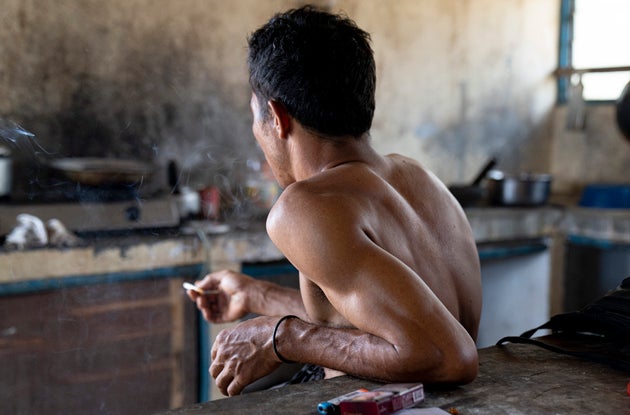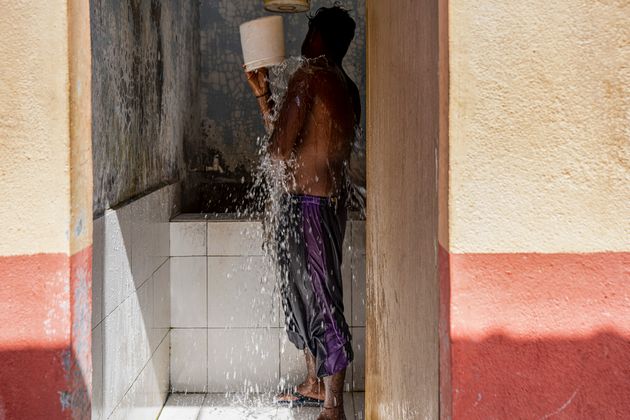insider@insider.com (Grace Dean)

An independent review into fast fashion giant Boohoo's supply chain found "multiple failings" over pay and working conditions.
Multiple textile factory workers claimed to be paid less than the minimum wage, and around half of the suppliers and subcontractors investigated had no risk assessments.
But Boohoo did not break the law, and it didn't deliberately exploit workers, the review said.
Fast fashion giant Boohoo's UK supply chain has "many failings," including low pay, poor working conditions, and "inadequate" monitoring from Boohoo, an independent review has found — but the retailer did not deliberately exploit workers.
The British fast fashion giant announced the independent review in July after workers' rights group Labour Behind the Label (LBL) released a June report about factory conditions in Boohoo's supply chain. Workers at the factories in Leicester, central England, were being exploited and put at risk of catching COVID-19, the report said.
Separately, in July, The Sunday Times reported that workers in a factory making clothes for Boohoo were being paid as little as £3.50 ($4.38) an hour, far below the legal minimum wage.
The independent review, delivered to the board on Thursday, "has identified many failings in the Leicester supply chain," Boohoo said in a statement on Friday. For example, some workers had not always been properly paid for their work, the review found, and many were not fully aware of their rights.
Senior Boohoo staff knew there were "very serious issues" in its supply chain and ignored red flags, the review said.
Despite these failings, the review said there was "ample evidence" Boohoo has been taking action to address these problems for nearly a year, not just in "reaction to the negative publicity in July and August 2020." This included regular factory visits from Boohoo's compliance team to assess health and safety risk, and its supplier code of conduct, which had clauses on safe working conditions and wages.
Allegations of "lockdown breaches, exploitation, and modern slavery"
LBL said in June it had unearthed "lockdown breaches, exploitation, and modern slavery" in Boohoo's supply chain in Leicester, and said that many factories continued working at "100% capacity" throughout the pandemic because of "sustained orders" from Boohoo.
Following the report, retailers including Next, Zalando, Amazon, and ASOS delisted Boohoo products.
While the independent review found no evidence that the company had committed any crimes, it said allegations about poor working conditions and low rates of pay were "not merely well-founded but substantially true."
For example, one of Boohoo's suppliers didn't pay workers their paid statutory holiday pay, and multiple factory workers claimed to be paid less than the minimum wage, the review found.
The review also discovered that some suppliers failed to follow health and safety regulations, and had insufficient first aid kits and training, unhygienic bathrooms, and fire-safety violations. Half of the suppliers and subcontractors investigated had no risk assessments in their factories.
Boohoo "ignored" red flags
The review described Boohoo's monitoring of its supply chain as "inadequate," and said that senior Boohoo directors knew there were "very serious issues" about the treatment of factory workers since at least December 2019. The company "ignored" red flags and "did not move quickly enough," it said.
"By the time they began to take notice, it was too late."
Boohoo's rapid growth meant that its "weak corporate governance" couldn't keep up, said Alison Levitt, the senior lawyer who led the review.
In many cases, "Boohoo has simply no idea where its clothes are being made and thus has no chance of monitoring the conditions of the workers who make them," she said.
She added that "growth and profit were prioritized to the extent that the company lost sight of other issues," such as its social responsibility.
But the independent review found that Boohoo did not deliberately allow poor conditions and low pay within its supply chain, and it also did not intentionally profit from them.
The review said that "if Boohoo is willing to take a different approach to how it both views and interacts with the Leicester supply chain, it has within its power to be a tremendous force for good."
Boohoo: "We need to go further and faster to improve"
After the review was released, Boohoo explained a series of measures it would take after "extensive" consultations with stakeholders and shareholders. These include discussing supply chain compliance at every board meeting, working with more suppliers with a "track record of ethical and sustainability policies," and independently auditing more of its UK and international supply chain.
The company will also support workers' rights by establishing a Garment & Textiles Community Trust, which will provide hardship funds to workers in the local garment industry.
The company said in its statement that it regretted not taking action quickly enough.
Boohoo CEO John Lyttle said: "[The review] has identified significant and clearly unacceptable issues in our supply chain, and the steps we had taken to address them, but it is clear that we need to go further and faster to improve our governance, oversight and compliance."
He added that Boohoo has been "a major force in driving the textile industry in Leicester," and said the company wants to "reinforce [its] commitment to being a leader for positive change in the city."
Levitt commended Boohoo for "helping to democratize fashion."
She added that "Boohoo should also be congratulated for the revenue it has generated for the UK and for the fact that, unlike many of its competitors, it has continued to support UK manufacturing."
Read the original article on Business Insider











